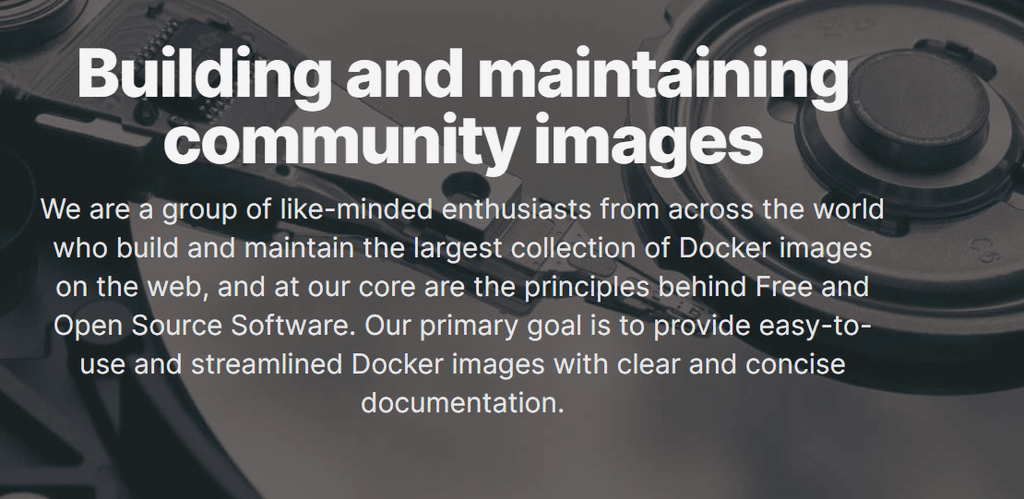Puter from HeyPuter
-
Are you guys sure that the "system" ist running in the container? I tried it for five minutes and I have the impression that it is just running the frontend in the container, but use the Puter server backend somewhere in the Internet?
-
@AartJansen Remote Desktops with Persistence is like having a second computer.
Here is one use that is the most important to me:
I can't install applications or configure my work computer as I like - everything is locked down.
I use a remote desktop that I access from my work computer - all my applications run on that computer as how I need.
I also spin up new desktop computers for particular purposes, research, testing, etc.If Puter comes with an ability to run a browser, effectively I can run that browser to access the local internet like a sort of VPN - it would be easy to overcome restrictions.
Hope this helps.
@jagan thanks. I can see that as useful, in restricted environments.
-
Are you guys sure that the "system" ist running in the container? I tried it for five minutes and I have the impression that it is just running the frontend in the container, but use the Puter server backend somewhere in the Internet?
@Kubernetes interesting observation, what gives rise to those suspicions ?
-
@Kubernetes interesting observation, what gives rise to those suspicions ?
@timconsidine I have no evidence, but I was assuming that storage (500MB) and account registration is not part of the docker App. Today I read that they plan to provide a full selfhosting deployment (soon?).
-
Ah, I was guessing those are about the hosted version, and wouldn't be in self-hosted.
Let's see. -
A remote browser-accessable desktop would indeed be nice, but maybe webtop ( https://docs.linuxserver.io/images/docker-webtop/ ) is more suitable since it really runs on the server itself...
-
A remote browser-accessable desktop would indeed be nice, but maybe webtop ( https://docs.linuxserver.io/images/docker-webtop/ ) is more suitable since it really runs on the server itself...
@gsassen said in Puter from HeyPuter:
A remote browser-accessable desktop would indeed be nice, but maybe webtop ( https://docs.linuxserver.io/images/docker-webtop/ ) is more suitable since it really runs on the server itself...
Wow! That community looks like a fantastic place to help people become more aware of Cloudron and what it can do.

-
hehe, seems you can run Windows directly in a docker container too...
-
Hi this is Eric from Puter's team. I'd like to clarify the use-cases a bit. Puter is not meant to replace VMs but we do have support for compiled executables to run under v86 (a WASM-compiled x86 emulator). Puter's filesystem is stored on the device running Puter, and has a permission system for sharing files/directories between users. I'm pushing for a "mountpoints" feature to be added which would enable mapping a local filesystem directly to Puter (currently Puter stores its files in a flat structure which is fine if you're only accessing the files from Puter, but is inconvenient if you also wish to access them from the host).
I would say the primary use-case is that if you build an app on Puter it can be accessed on any device with a browser. The app itself doesn't need any backend code or deployment infrastructure; that's what Puter does. So, the incentive is easier to see from the perspective of a developer rather than a user.
Hope this helps. I know this thread is pretty old but if it's in search results anyway I figured it wont hurt to contribute additional information.
-
@KernelDeimos thank you for the explanation.
It’s not such an old thread and things can take time to come to be.
